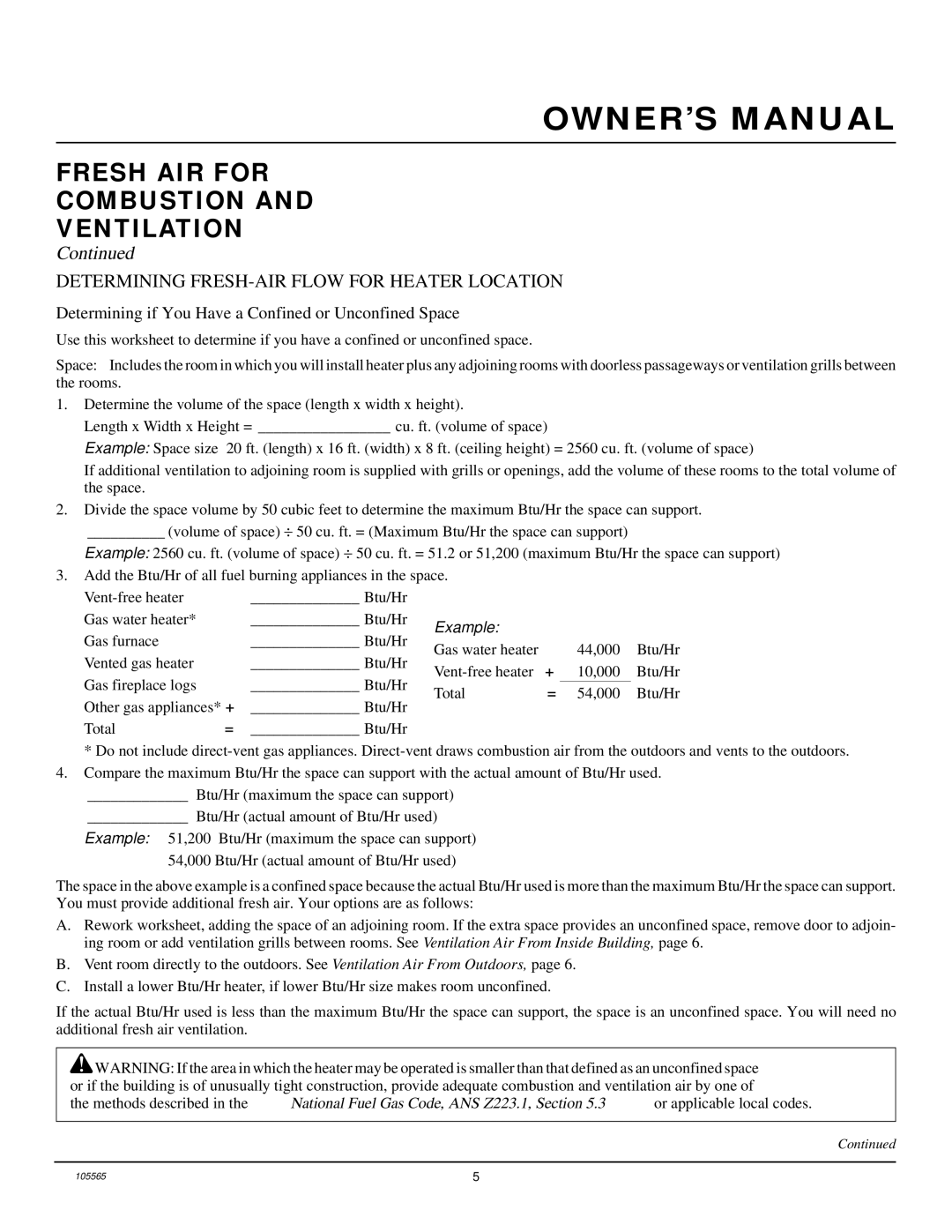FB-10BA specifications
Desa FB-10BA is a remarkable addition to the world of portable heating solutions, designed to deliver efficient warmth in a variety of settings. Standing out in the market for its user-friendly features and robust technology, it’s a popular choice among homeowners and professionals alike.One of the main features of the Desa FB-10BA is its impressive heating capacity. It can efficiently warm spaces of up to 1,000 square feet, making it suitable for large garages, workshops, or any sizeable room. The powerful output of 10,000 BTU ensures that users can achieve the desired temperature quickly and maintain it consistently throughout colder months.
Incorporating advanced ceramic technology, the FB-10BA utilizes a ceramic heat exchanger that promotes quick and effective heating. This design not only enhances the performance but also contributes to energy efficiency. Consumers benefit from reduced energy consumption while still enjoying full functionality, helping to save on heating costs.
The unit operates on propane, a clean-burning fuel source that minimizes environmental impact compared to traditional fuels. Its portability is another significant characteristic; the FB-10BA is equipped with a rugged handle and a lightweight design, enabling easy transport from one location to another.
Safety features are paramount in the design of the Desa FB-10BA. The built-in automatic shut-off mechanism activates in case of overheating or when the unit is tipped over, providing peace of mind for users. Additionally, it comes with an adjustable thermostat that allows for precise temperature control, enabling users to customize their heating experience according to their needs.
The flexibility of the FB-10BA is further highlighted by its ability to run both indoors and outdoors, making it a versatile option for camping trips, outdoor gatherings, or simply heating up a chilly garage or workshop. The durable construction ensures that it can withstand the rigors of different environments, offering longevity and reliability.
In summary, the Desa FB-10BA combines efficiency, portability, and safety in a well-designed heating solution. Its powerful heating capacity, advanced ceramic technology, and user-friendly features make it a valuable asset for anyone looking to stay warm during the colder months while enjoying the advantages of modern heating technologies.

